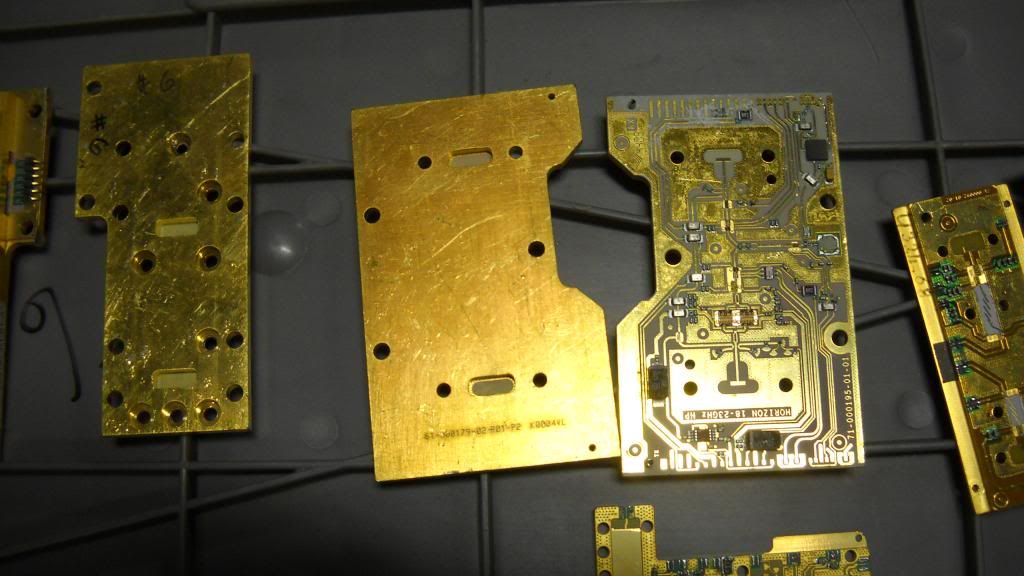Geo said:
damezbullion said:
Just a quick one, can i use this process to depopulate my memory/ram borads? same things isnt solder on components, i dont even know why im asking but just making it clear, would this also eliminate some use of a hlc leach before (ap)? cheers
yes, it can work for any printed circuit board. the sand bath will not remove all the solder but it does remove all that will shake loose when its melted.if tin in your AP concerns you then you should do the hcl bath anyway but honestly, after you remove the components and all the loose solder the small amount of tin left will oxidize in the AP solution in a short amount of time anyway. i dont believe it will hurt to put a little tin in the AP as long as you know how to deal with tin oxide when the need arises.
i found out the hlc wont be such a pain after all, so ill put it all in a bucket and leave it a few hours, i dont really wanna mess around with tin, and no im not to clued up for it, i learnt how to drop silver out of an (ar), so if i just eliminate all the solder first, the im basically working with clean golden fingers and ill just proceed with my ap, and might even process the flatpacks.
today i bought 500 ram sticks, 9 kg so roughly 18 lb, i paid a whack of £175 including delivery, also by tommorow i shall have 6 ceramic Pentium pro ( holy Grail ) and 3 kg of cpu 51 of them are ceramaics ranging from m11 and Pentium dx,
so befor long i will start my story topic on the procceses throught this with pics hopefully, iv put around £500 into this project including materials tho im off to buy them tommorow, your going to be tutor geo from ram sticks to buttons

i will follow ideeditdoes tutorial to process all my ceramic cpu, the nitric way it seemed a solid way, my ram sticks i will hlc leach followed by lazers steve finger foil tutorioul, ( poot man ar ) also might have a crack at the fltpacks( but i have no furnice ), also will have some fibre cpu which i think i will follow same route as my ram sticks ( hlc leach then ap/pins seperatly)then i will refine everything together.
im not sure but i got a feeling i could get a ounce out this i tried to dumb down my expected gold recover but it still seemed high, i know i should pull at least 6 g from my pentium, plus i have another 50 ceramics at 0.1g each thats still 5g plus all the fibre cpue green and black up to 3kg, and 9kg of ram sticks, i should get at least a gram a lb or 2g kg thats 18g in total ?















































